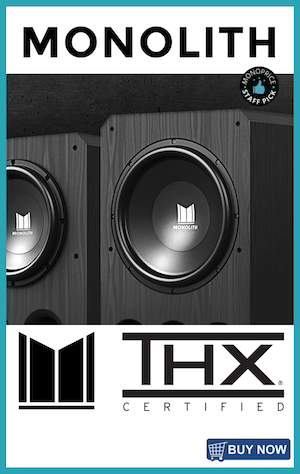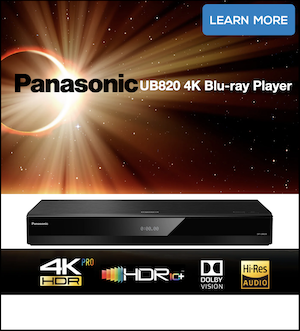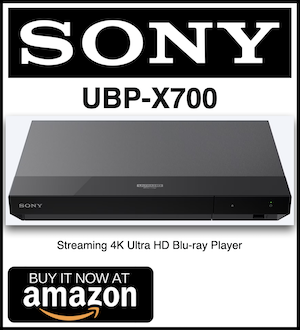HDR10+ Starts Its Licensing and Logo Certification Program
"With an increase in demand for larger displays and premium picture quality, we are thrilled to announce a new HDR10+ licensing and certification program," said Bill Mandel, Vice President of Industry Relations at Samsung Research America. "This program was designed with consumers in mind, highlighting our commitment to improving the overall HDR experience while simultaneously extending the HDR10+ ecosystem globally."
Most everyone is familiar with Dolby Vision, a standard that’s widely recognized as offering the best 4K HDR experience. It was the first dynamic metadata-anchored HDR format on the market, and carries massive clout with the Dolby name, but Dolby Vision has a licensing fee attached to it. That’s where HDR10+ enters the picture, because it offers a similar metadata engine without any creation fees.
So, what’s the performance difference between the two?
Both technologies use metadata to remap color and brightness on a frame-by-frame basis. Dolby Vision, however, is designed to support 12-bit color, the larger Rec. 2020 color space, and up to 10,000 nits of brightness. HDR10+ only covers 10-bit color, the DCI P3 color space, and up to 4,000 nits of brightness. And while those differences seem rather distant, it’s important to keep in mind that most of the best modern TVs are only capable of operating within HDR10+’s standard (not to mention a dearth of content that can take advantage of Dolby Vision’s more advanced capabilities).
HDR10+ is the result of a collaboration between Samsung and Amazon Prime Video, having since gained Panasonic and 20thCentury Fox as partners, while garnering support from more than 40 companies. And because the standard has been adopted as part of the Ultra HD Blu-ray specification, it can appear on 4K UHD discs; the standard’s HDR10+ logo will signify any release’s official certification.
Last edited:












